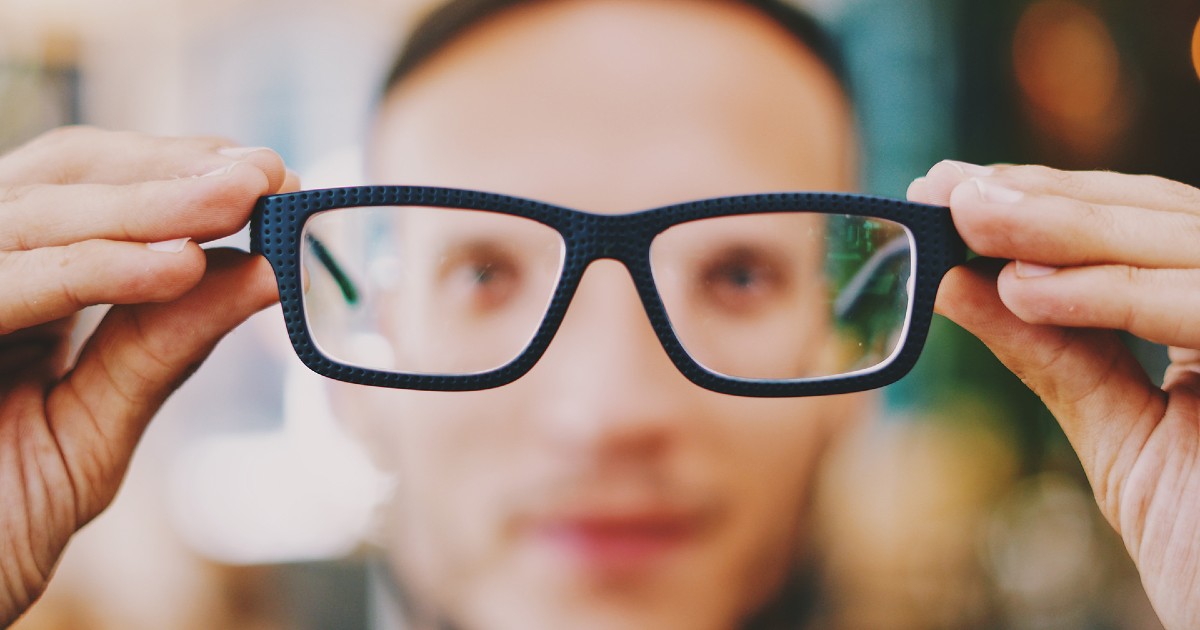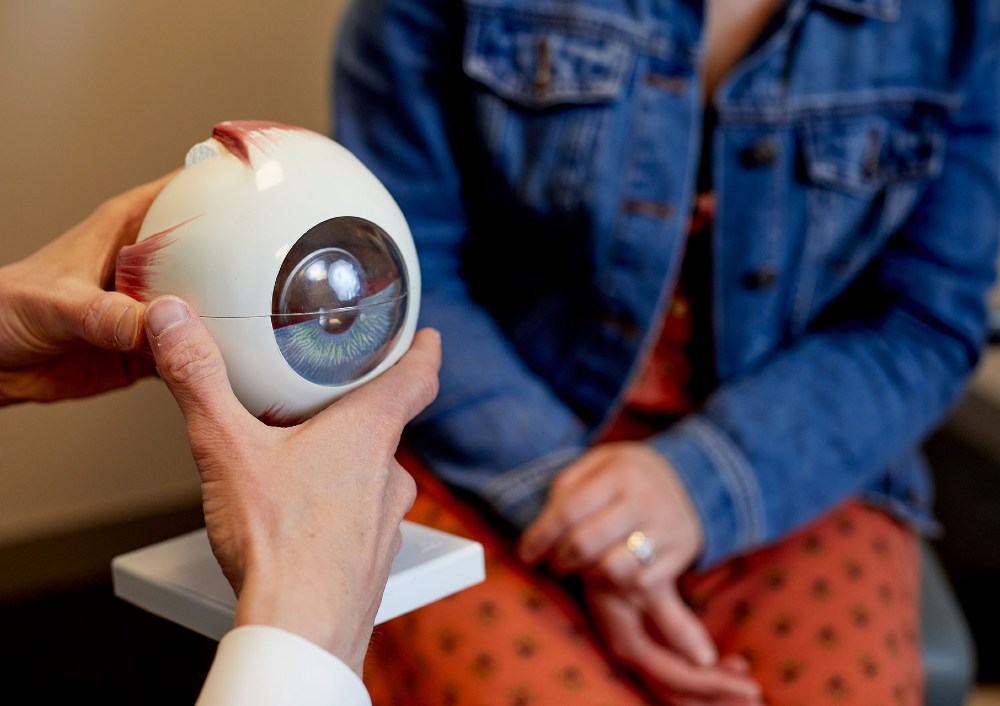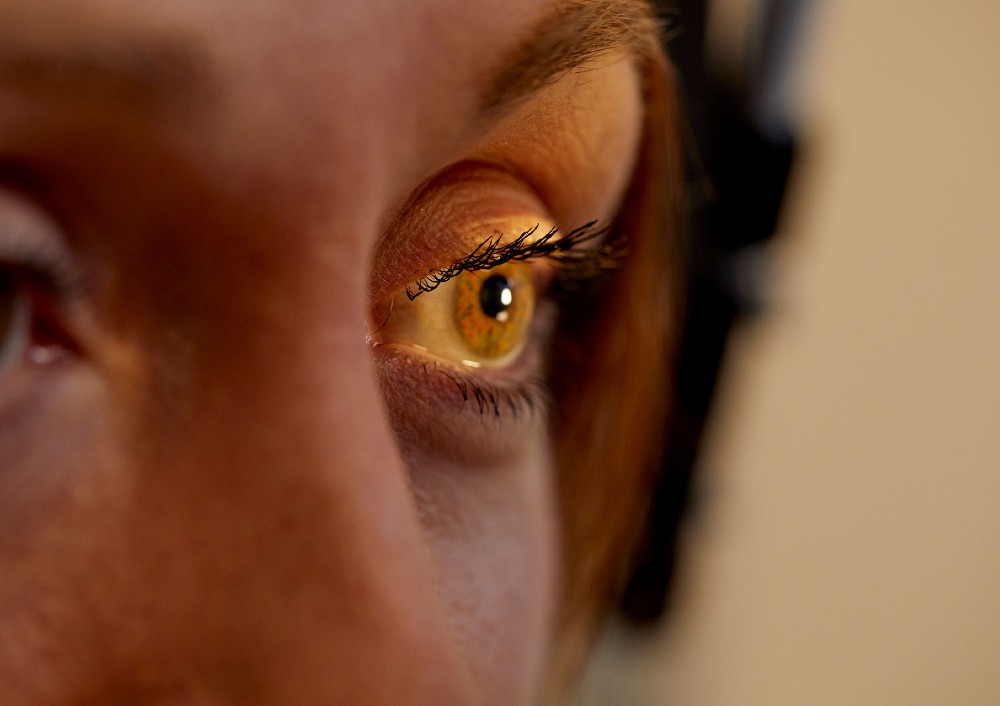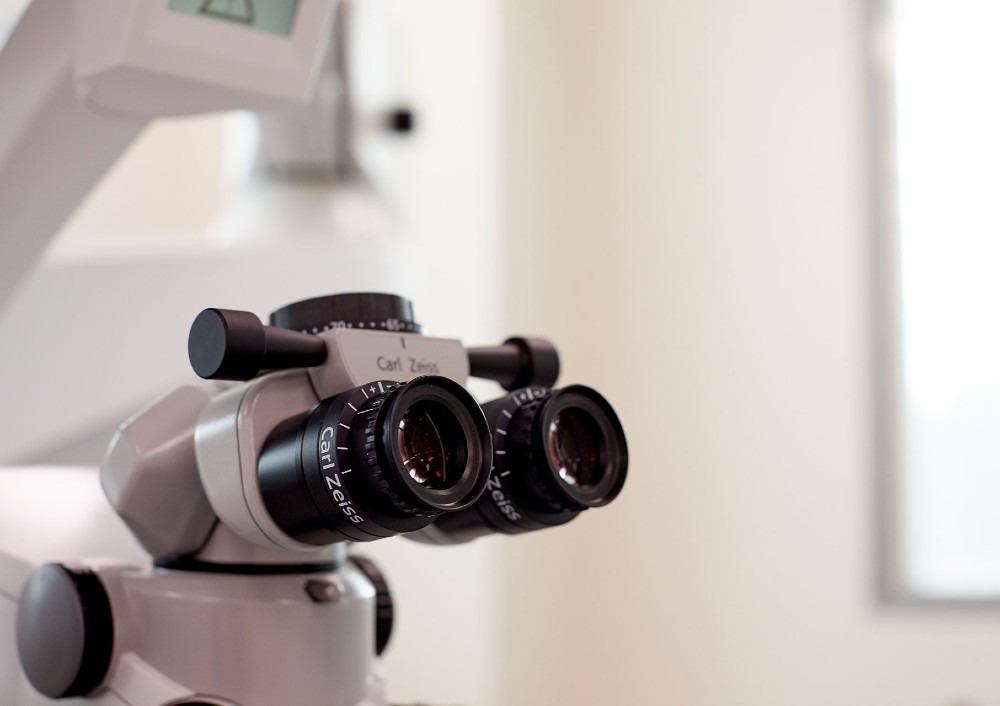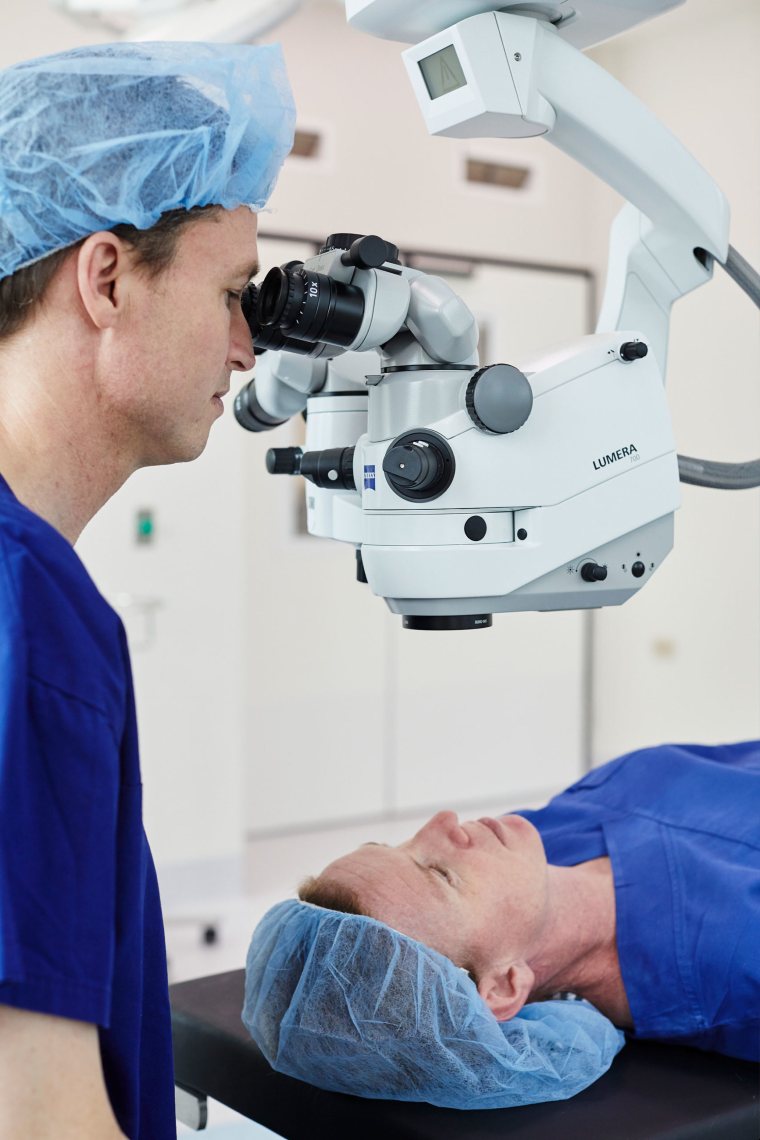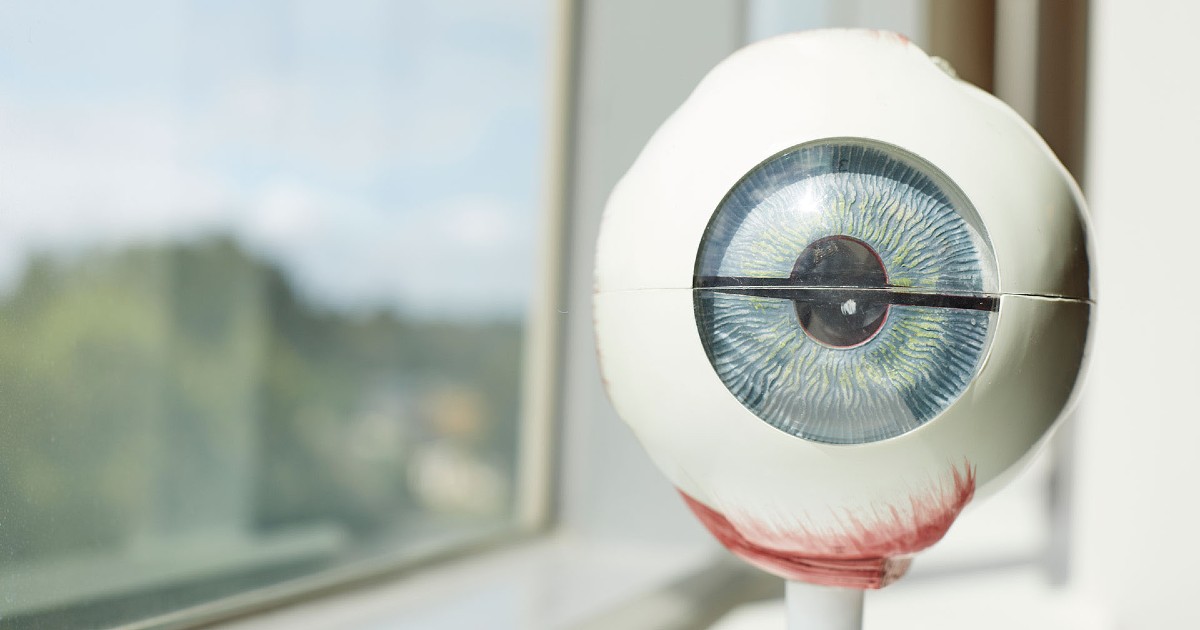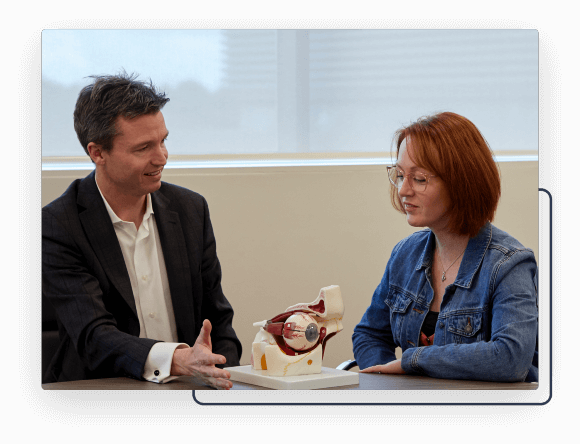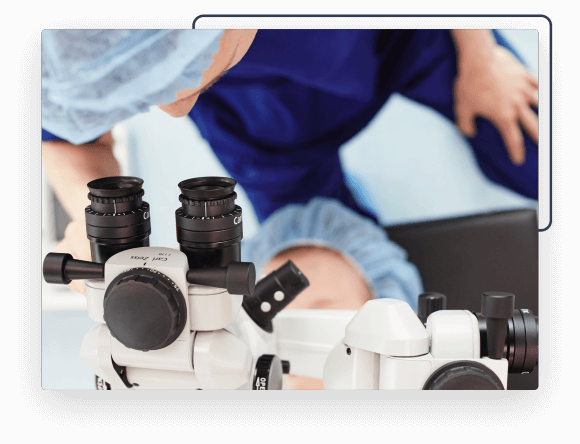Cataract Surgery or Cataract Removal Steps
- Micro incisions are made in the peripheral cornea.
- A circular opening is made in the front part of the capsule to allow access for the cataract to be removed. This procedure is called the capsulotomy.
- The cataract is divided into smaller segments.
- Each segment is then aspirated, leaving behind the capsule. This process of division and aspiration of the cataract is called phacoemulsification and is performed using a very fine blunt tip, which vibrates at a frequency of between 35,000 and 45,000 cycles per second. The capsule that is left is called the capsular bag.
- Small wisps or fibres of the cataract remnant called cortex are cleaned from the capsule.
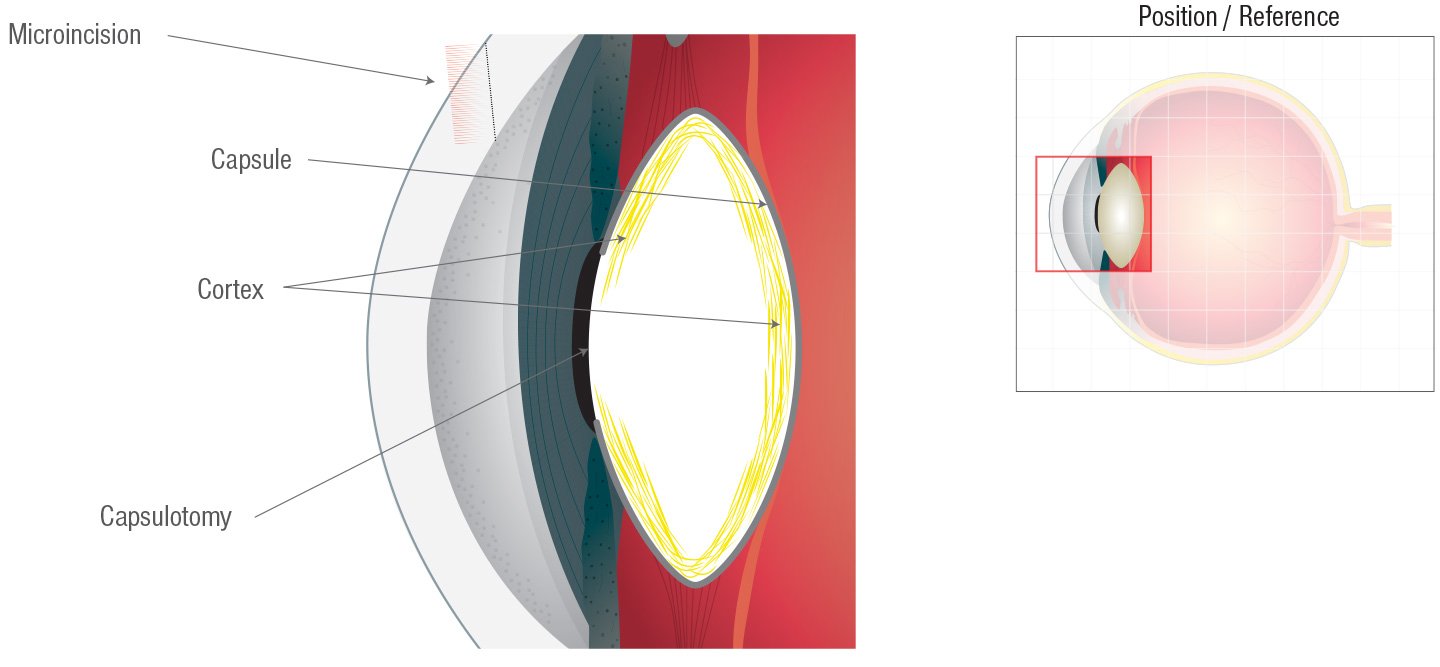
- The new foldable artificial lens (IOL) is inserted into the eye through the main micro-incision. The IOL unfolds into the capsular bag.
- As the incisions are very small so they self-seal.
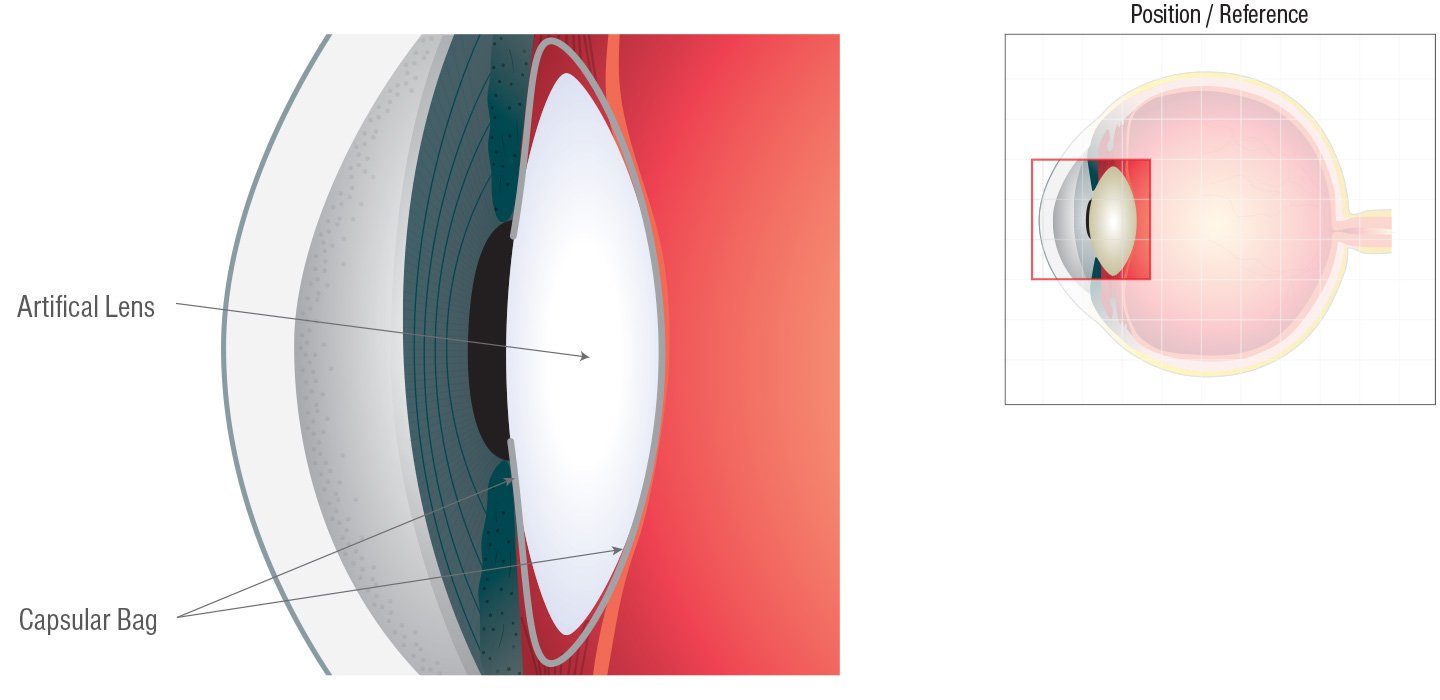
Laser-Assisted Cataract Surgery (LACS)
Lasers have been used in ophthalmology for many years. A laser is electromagnetic radiation of a single wavelength only (i.e. one colour), coherent (i.e. where all the waves are all in the same phase) and collimated (i.e. all waves travelling in exactly the same direction). It is these features that enable lasers to deliver very precise and accurate treatments.
The femtosecond laser, generated from the infrared part of the electromagnetic spectrum, has capabilities that allow great precision. The duration of the laser pulse is also extremely short (10-15 seconds), resulting in minimal heat generation and therefore no damage to surrounding tissues. Application of the femtosecond laser in LACS results in the formation of many precisely located microscopic cavities of fluid, a process called photodisruption. The closeness of these tiny cavities replicates the incisions created in conventional surgery.
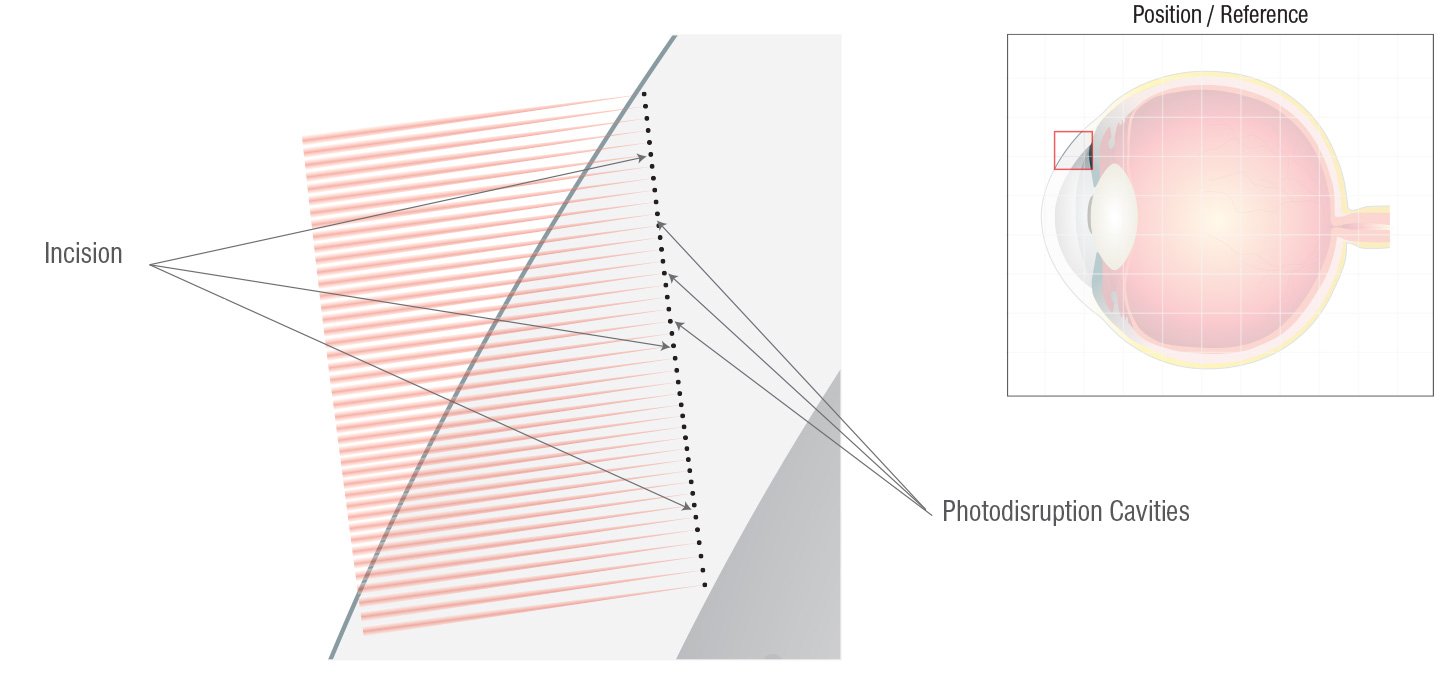
In LACS, then, femtosecond lasers are able to facilitate the first three steps: the peripheral corneal incision, the capsulotomy and the division of the cataract-affected lens. In these ways LACS is differentiated from conventional non-laser cataract surgery.
The femtosecond laser has also been used for many years in Laser Vision Correction (prior to its use in cataract surgery) and there is significant work being done investigating a role for the femtosecond laser in corneal transplantation.
We have access to this femtosecond laser cataract technology and are able to provide both conventional and laser cataract surgery for our patients.
Other Advantages of LACS
There are definite technical benefits in the precision and accuracy of these steps when they are performed using the laser. These include:
- The peripheral corneal incisions made at the start of the procedure are exact and reproducible in terms of incision width, length, depth and side profile.
- The capsulotomy is perfectly circular unlike that which can be made using the conventional technique, which relies on the surgeon exercising their dexterity.
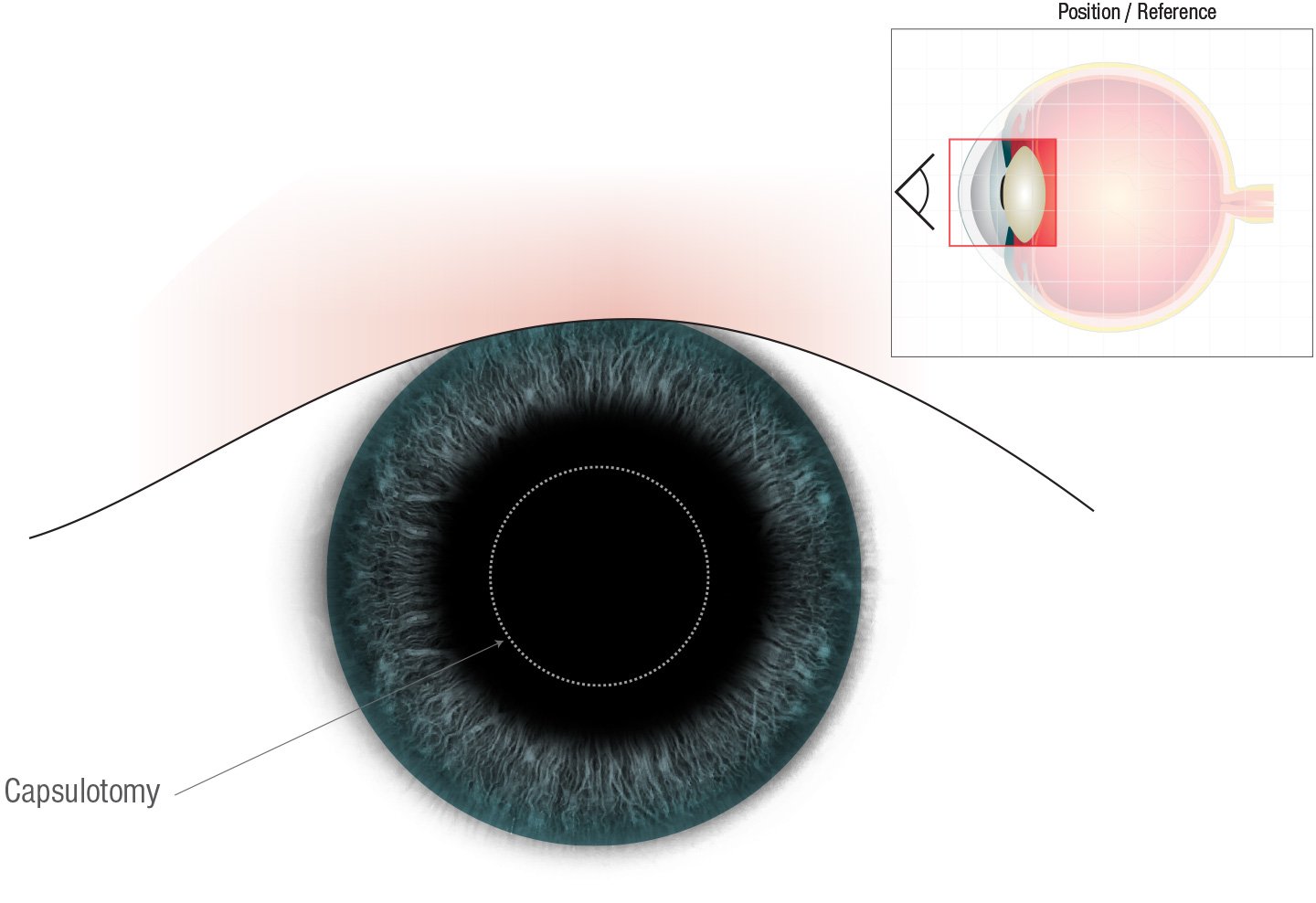
- Division of the cataract into segments is performed by laser and not a phacoemulsification tip. As such, there is reduction in the total duration of these tip vibrations.
The safety of this technique has also been established and reported in peer-reviewed ophthalmic literature. There have now been many hundreds of thousands of these procedures performed worldwide.
Although there are these technical benefits with laser cataract surgery, the procedure is not entirely risk-free; the risk of a serious vision-threatening complication however, is extremely low.
It is also important to note that conventional cataract surgery remains a safe technique offering very good results. It has been the established gold-standard surgery technique since the mid-1990s.
Ultimately, each patient needs to take into account their own personal circumstances when making a choice of technique.
